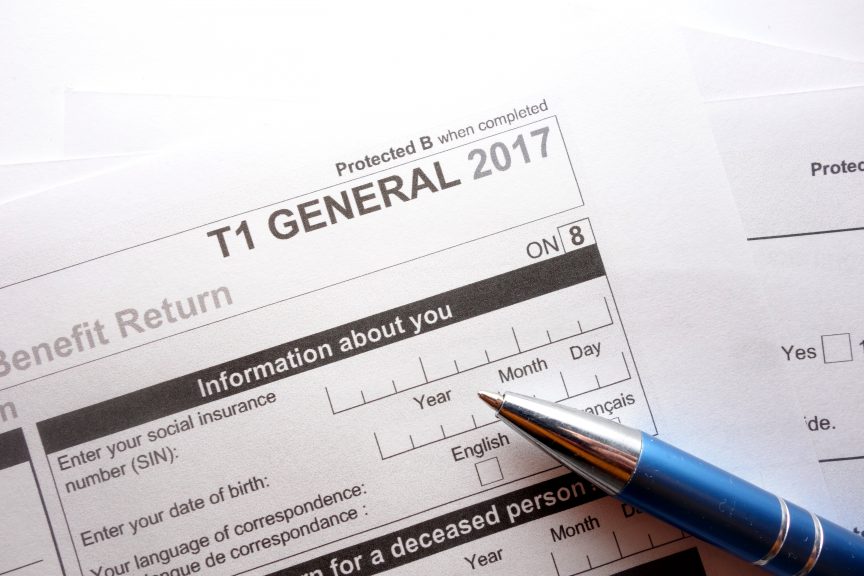7 things to remember when doing this year’s taxes
Beware of new Principal Residence tax rules, and don't miss out on these new credits
Advertisement
Beware of new Principal Residence tax rules, and don't miss out on these new credits

READ: Pay debt or invest? How to use your tax refundThe medical expense tax credit is a non-refundable amount for certain qualifying expenses that can be claimed on the return of the patient and/or other supporting family members. There is, however, a net income limitation, which means it is generally the taxpayer with the lower income that claims the medical expenses.
WATCH: How to start saving money[bc_video video_id=”6023938649001″ account_id=”6015698167001″ player_id=”lYro6suIR”]
Share this article Share on Facebook Share on Twitter Share on Linkedin Share on Reddit Share on Email